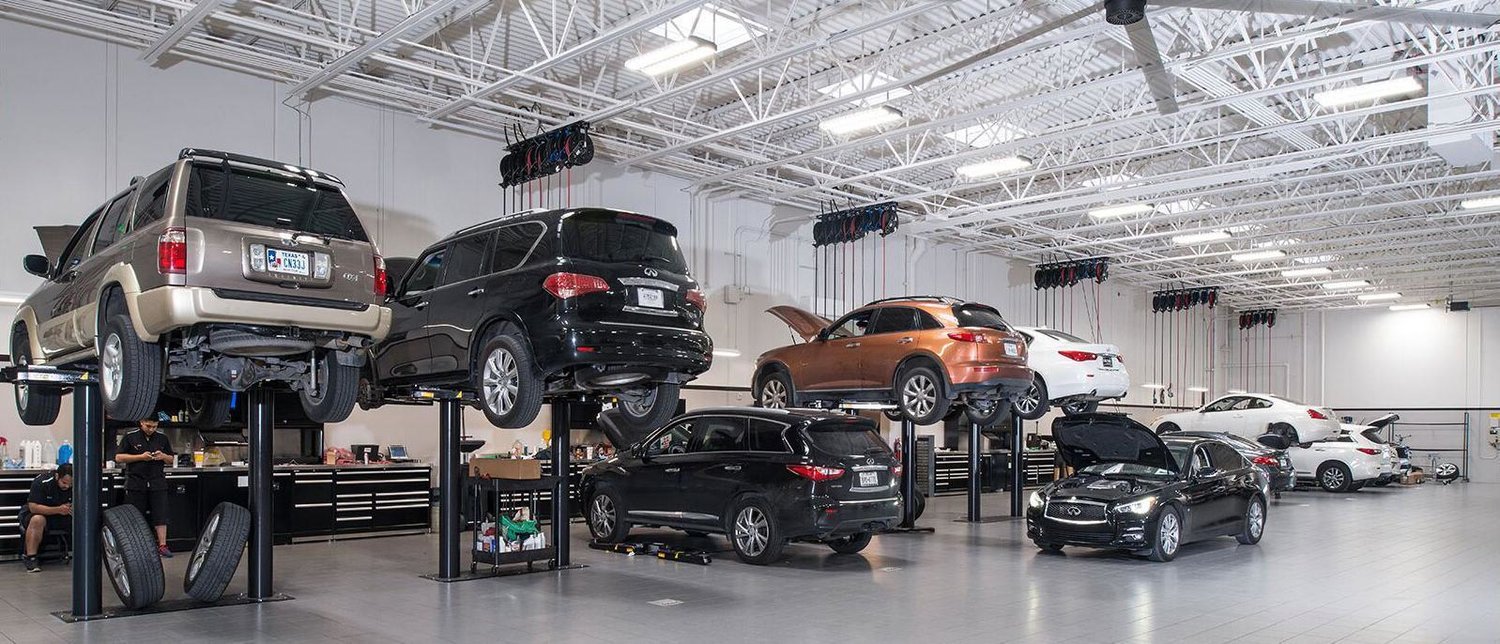All Categories
Featured

Keeping your vehicle's tires is crucial to make certain a smooth, secure, and reliable driving experience. Two essential solutions that are typically overlooked however have a significant influence on tire long life and performance are tire turning and placement. These solutions aid maintain your vehicle running successfully and protect against unequal tire wear that can impact both safety and security and gas economic climate. Allow's study what tire turning and alignment are and why they are very important for your auto.
What Is Tire Turning? Tire turning is the process of relocating your tires from one position to an additional to guarantee they wear equally. Since your auto's tires work at different prices depending upon their position (front tires versus back tires), rotating them consistently helps to disperse the wear uniformly, causing a much longer lifespan for your tires.
Tires on the front axle often tend to wear faster than those on the rear axle, particularly in front-wheel-drive cars, where the front tires manage both guiding and power. On the other hand, rear tires may wear unevenly depending on the vehicle's weight distribution and driving conditions. By revolving your tires every 6,000 to 8,000 miles (or as suggested by the manufacturer), you'll ensure a much more balanced wear pattern.
What Is Tire Placement? Tire positioning, additionally known as wheel alignment, describes readjusting the angles of your automobile's wheels to the maker's requirements. Proper alignment ensures that your tires are directing in the ideal direction, and it aids take full advantage of tire life and boost car handling. There are 3 primary aspects of placement: camber, wheel, and toe.
Camber refers to the tilt of the tires from the front of the automobile. If your tires are tilted too much inward or outward, it can trigger irregular wear. Caster describes the angle of the guiding axis when viewed from the side of the car. This impacts the security of the steering, especially when driving straight. Toe describes the angle at which the tires aim inward or exterior when seen from above. This affects how your lorry tracks when driving. An appropriate alignment makes certain that all 4 tires are aiming directly ahead and are angled appropriately. Misalignment can arise from striking pockets, curbs, or just from the wear of suspension parts in time.
Why Tire Rotation and Alignment Issue. Extended Tire Life. Both tire turning and placement help stop unequal tire wear. When your tires wear uniformly, they last much longer, which can conserve you cash in the lengthy run by lowering the demand for premature replacements.
Improved Safety And Security. Appropriate tire rotation and positioning enhance automobile stability and handling. Misaligned tires or erratically worn tires can negatively impact your capability to steer and stop your vehicle, particularly in emergency situation circumstances. Regular maintenance guarantees your tires carry out efficiently, giving a more secure driving experience.
Much Better Fuel Effectiveness. If your tires are not aligned correctly, they might drag against the roadway surface area, creating resistance. This added friction can minimize gas effectiveness, triggering your lorry to consume more gas. Regular tire alignment makes certain that your automobile moves effectively, boosting gas mileage.
Boosted Convenience. Imbalance or unevenly used tires can result in a rougher experience, as your auto might pull to one side or create resonances. By maintaining your tires turned and lined up, you'll delight in a smoother and much more comfy driving experience.
Indicators That Your Tires Required Rotation or Placement. It's important to stay alert for any kind of indications that your tires require rotation or alignment. Watch out for these usual indications:
Irregular Tire Wear: If you notice that a person tire is considerably much more used than the others, it may be time for a rotation or positioning. Steering Pull: If your car pulls to one side while driving right, this could indicate imbalance. Resonances: If you feel vibrations in the steering wheel or the auto itself, maybe an indicator of imbalance or irregular tire wear. Screeching Tires: Unusual tire sound can likewise show improper placement or the demand for a tire turning. Just how Frequently Should You Rotate and Straighten Your Tires? Tire rotation should generally be done every 6,000 to 8,000 miles or as specified in your vehicle's proprietor's guidebook. It's an excellent concept to rotate your tires during every oil modification, as this will assist you stay on top of routine maintenance.
When it comes to positioning, it does not need as constant service. Typically, placement ought to be inspected at least when a year or whenever you discover issues like drawing to one side or resonance. You may likewise require alignment if you've struck a huge gap or visual, which can toss your wheels out of positioning.
Verdict: Maintain Your Tires in Leading Forming. Tire rotation and positioning are essential services that keep your lorry running smoothly, safely, and effectively. By taking the time to have your tires turned and aligned on a regular basis, you're investing in your cars and truck's performance and long life, while likewise boosting your security on the roadway. Stay proactive with tire maintenance, and your automobile will certainly thank you with much better fuel economy, boosted handling, and expanded tire life.
Latest Posts
Uncover Affordable Auto Repairs with Montclare’s Limited-Time Service Specials
Recognizing When Your Car Needs Skilled Auto Repair at Montclare Auto Repair
Find Out Reduce Expenses on Car Maintenance with Montclare Auto Repair’s Special Deals
More
Latest Posts
Uncover Affordable Auto Repairs with Montclare’s Limited-Time Service Specials
Recognizing When Your Car Needs Skilled Auto Repair at Montclare Auto Repair
Find Out Reduce Expenses on Car Maintenance with Montclare Auto Repair’s Special Deals